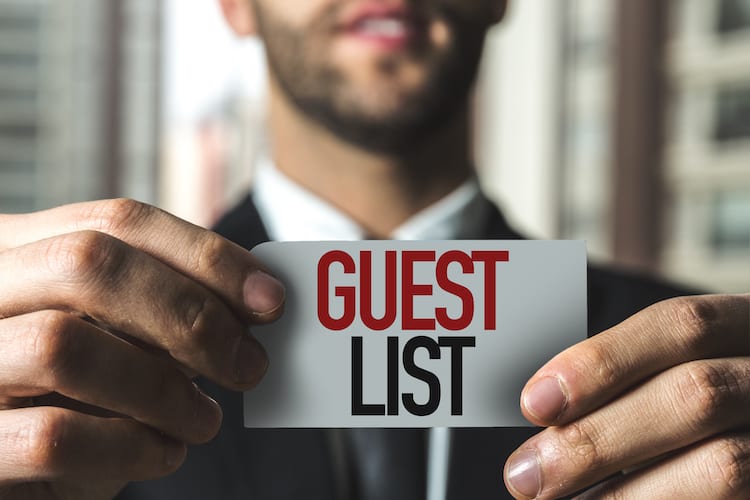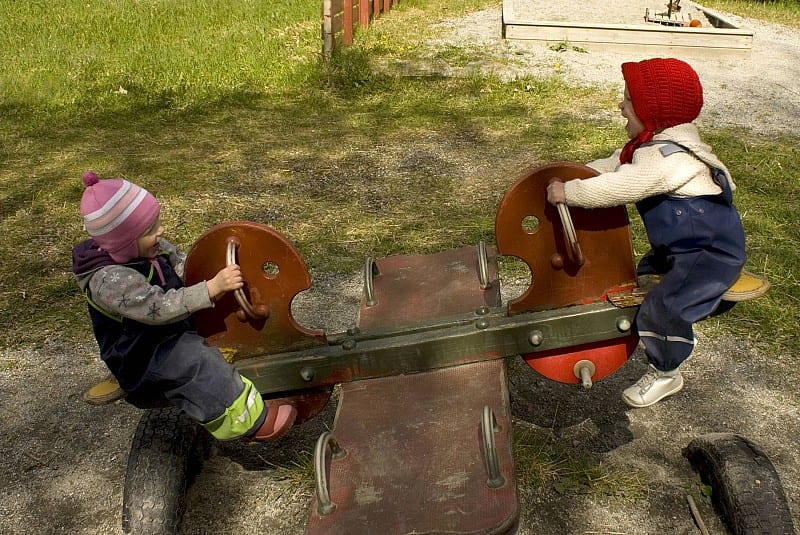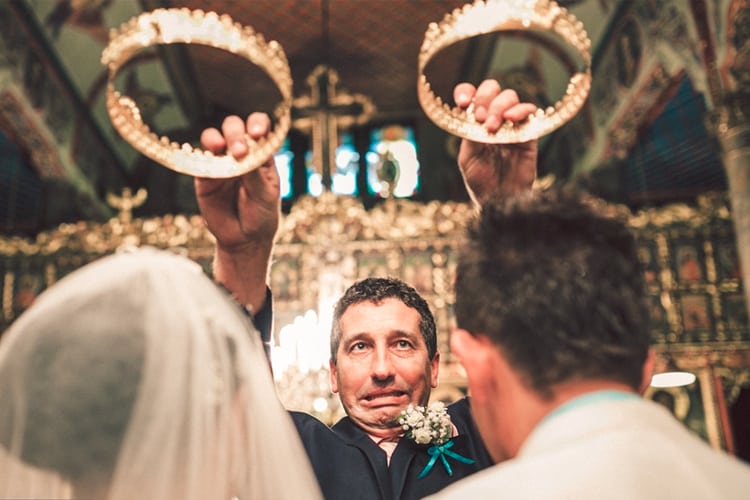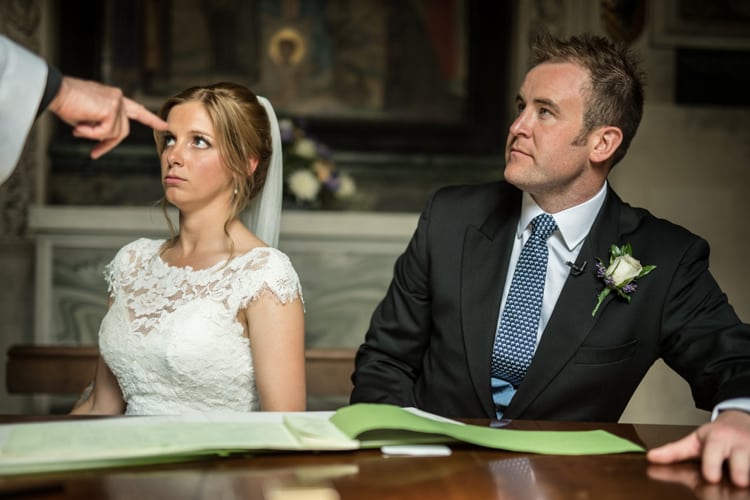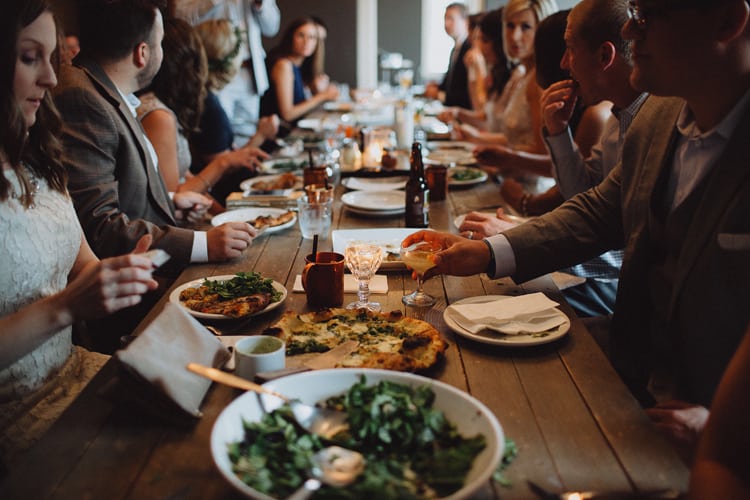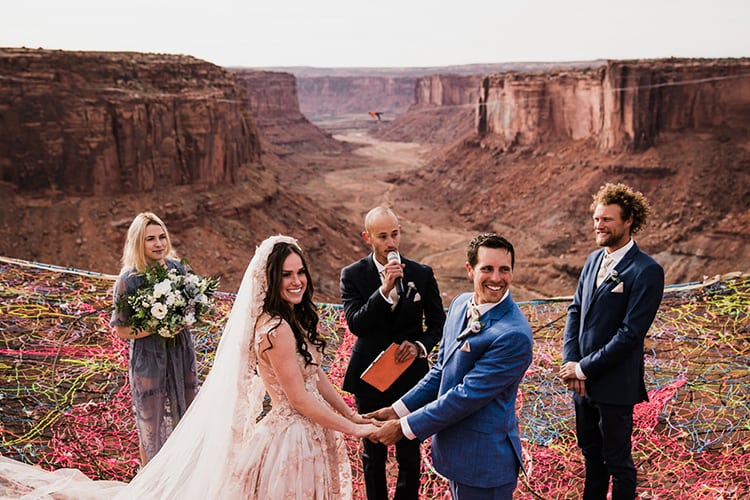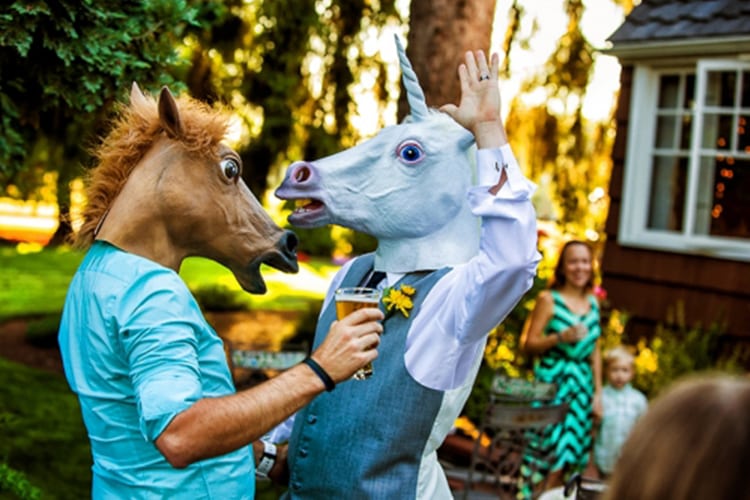
Once you and your partner come down from the high of getting engaged, it’s time to roll up your sleeves and get to work. Sure, you could hire a wedding planner as a one-stop shop solution — if you can afford them. But like us, you may be wondering… what exactly do wedding planners do? And are they worth the money?
Though rates vary greatly, you can expect to pay anywhere from $5,000 to $20,000 and beyond, depending on your location, the size of your guest list, and other factors. To help better understand the return on your investment, we chatted with experienced wedding planners who broke down their process, step by step. Below, a guide from consultation to execution.
Step 1: Conceptualization and Consultation… Think: Mood Boards
Though every planner has a different strategy for their business and approach, generally speaking, many offer select packages for couples to choose from. You can expect various tiers, depending on how hands-on you want your planner to be so you can be hands-off. Though these out-of-the-box options are standardized in terms of cost and inclusion, all wedding planners customize the theme, the food, the venue and so on, based on the couple’s vision.
Christy Burton Babb, owner and lead designer at Christina Burton Events says that once she receives an inquiry and sends her one-pager, she sets up a call or meets in person with the potential client. This is when she determines the nitty-gritty hopes and dreams that both parties have, allowing Babb to make recommendations, and most importantly, determine the proposal price. During this one-on-two, you can expect to see swatches, layouts, photos and galleries from past events, and other background information to help inform your decisions.
Following the professional meet-and-greet, Brett Galey, founder and director of special events at Hollywood POP Gallery, will send a contract and proposal to the couple. Typically, he’ll include a simple mood board to give an idea of their initial thoughts. Another document you can expect: an estimated budget breakdown that lays it out, in black and white, how much you can expect to fork over. (And yeah, it’s okay if you’re sweating buckets at this stage. Stick with it.)
Step 2: Determining the Must-Haves… and the Budget-Breakers
Once you sift through a handful of proposals, you and your soon-to-be spouse will decide which one is the right match for your wedding. Since this is a day you will both have strong opinions about, and hopefully remember as spectacular, you want to select a person you’ll enjoy working with from day one. After signing a contract and sending through a deposit, it’s time to get to work. Babb explains the various options to couples, including preferred vendors they’d like to book (think: your go-to restaurant, which has catering options), along with number of guests and a general theme.
Here’s where you can expect homework, since Babb says it’s vital for couples to have an honest discussion about areas they’re willing to compromise on, and ones that are non-negotiable. Though all wedding planners have their own system, Babb asks for a client and design questionnaire, as well as example photos from which to draw creative ideas. All of this informs the not-so-sexy — but crucial — aspect of wedding planning: budget. With this figure in mind, it’s time to sign on the dotted line with a laundry list of vendors who meet your needs.
Step 3: Design and Layout, Flowers, Invitations, Lighting, Furniture
When you frame the photos from this day, you’ll reminisce about the details: flowers, colors, how your partner beamed, the hysterical speeches from your best friends, and how much your guests loved dancing to Marvin Gaye. In fact, it’s the artistic process that owner and creative director Kristen Gosselin from KG Events & Design loves the most. By taking her client’s imagination and turning it into reality, she has the opportunity to create little masterpieces. “We provide creative direction based on your personal style and overall vision to source the artists and designers that best suit your esthetic,” she explains. “We work together to develop original ideas that are both functional and cohesive to your design.”
With the digital age, many design proposals can be created in Adobe or via a Pinterest board. No matter how it’s presented though, Babb says it all starts with the couple’s ideas. She tries her best to find solutions for their concepts, all within their ballpark price range. Then, it’s time to sift through the details together. “The couple and I meet in person to go over the design proposal, so we can talk through things, and I can walk them through the design, and they can ask any questions they have,” she continues. “When this meeting is complete, we have a plan that I use in making that vision come to life. I use this plan and my knowledge of their overall budget as I line up their design based vendors — florist, stationer, rentals, specialty lighting, or furniture.”
Step 4: Booking Vendors… Musicians, Photographers, Caterers, Cake Makers
Much like raising a child requires an army of support, putting together a happy, efficient wedding day means assembling the right team, led by your quarterback, the wedding planner. One of the most underrated perks of hiring an expert, rather than DIY-ing, after all, is having access to their curated list of folks they vouch for. First things first, Babb makes sure a venue can be booked, since that dictates every other part of the process. If a couple already has the hotel, estate, function hall, or backyard secured, she connects with the on-site team to understand limitations and recommendations.
Then, she focuses her efforts on other fundamentals like music, photography, catering, flowers, and tent rentals. “I love helping my clients to find vendors who will not only execute well and provide an amazing service or product but will also be a valuable team member on the big day,” she shares. When hiring a wedding planner, they won’t make the choices for you, but rather, offer their best advice with a streamlined list. Say, for example, you decide you’d prefer a DJ over a live band. Babb would reach out to her contacts, receive quotes, and then narrow down selects based on your budget and preference. This takes what could be an overwhelming list to a more digestible size, so you can make a choice easier.
And once you decide on every last vendor? You don’t have to mess with the paperwork, since it’s part of your wedding planner’s job description to keep everything organized. “Once we’ve made a final selection, I manage the booking process by requesting a contract, reviewing, passing it along with any notes to the couple, and informing them of deposit information,” she shares. “After the contract is signed and returned with the deposit, I store a copy of the contract in their client portal and enter the payment arrangements so they will be able to easily see when their next payment is due.”
In terms of installments, everyone works differently so it’s important to ask your wedding planner about their process. For Babb, a 50 percent deposit is due upfront, and the other half is due 14 days before the wedding.
Step 5: Logistics/Timeline… Seating, Ceremony Staging, Cake Cutting
When the wedding is within sight, with less than six weeks to go, your wedding planner will be busy ensuring no stone is left unturned. “All of the big vendors and pieces are booked, but now it’s time to assign seats, order day-of stationery, put together welcome bags and bridal party gifts, and more,” Babb explains.
You can expect to have another meeting with your wedding planner around this time, so he or she can understand exactly what you’d like to happen from the moment guests arrive until they pile into taxis, tipsy and exhausted. These finite features include where your bridal party should stand in the ceremony, what song you want to play when you cut your cake, how you are getting from point A to point B on the schedule, and other aspects. “We discuss these now so we can come up with a game plan for the day and figure out what still needs to be done in the coming month,” Babb explains. This will also inform the timeline your wedding planner gives to vendors, so he or she can spend time behind the scenes tending to the small stuff… so you can enjoy the big stuff. Ya know, like getting hitched.
Step 6: The Big Week!
For a wedding planner, it isn’t merely a big day. It’s a big week! While you will probably feel pressure to see your out-of-town guests, say ‘hi’ to everyone, and worry about the whole weekend, your wedding planner is on deck to wrap up loose ends, confirm (and double-confirm) with vendors, and answer questions. Babb says she will also pick up anything the couple needs, pack up any items for set-up, and do the extra leg work so you and your partner can feel more at ease. “We all meet up for rehearsal so I can walk their bridal party through where to stand and what to do, and then the couple is off to enjoy the start of their wedding weekend festivities,” she explains.
So what happens on the wedding day itself? Since the wedding planner took care of all the bookings for you, the hope is you’re doing what you love in the morning. Whether it’s primping for the festivities, squeezing in a round of golf, having whiskey shooters, getting a haircut, or something else, Babb’s hope for her clients is they live every second of this special 24 hours. The wedding planner’s responsibility is to lead the couple through the events of the day — from photos and ceremony to cocktail hour and reception — since he or she is in charge. As she puts it, “I’m guiding them through so they don’t have to worry about timing or anything other than living in their moment with each other and their very best people.”







